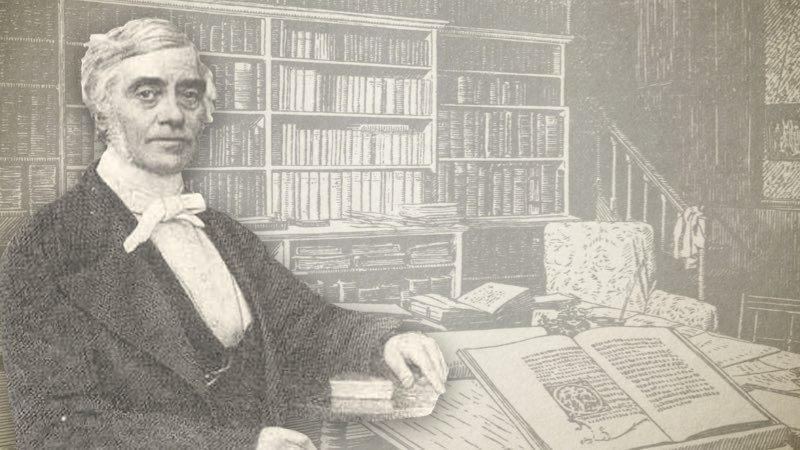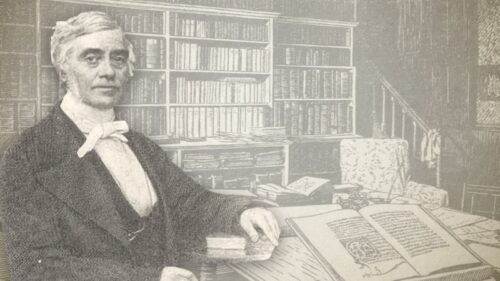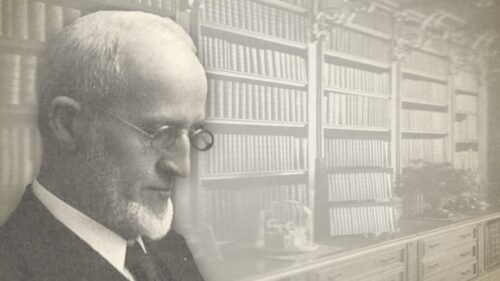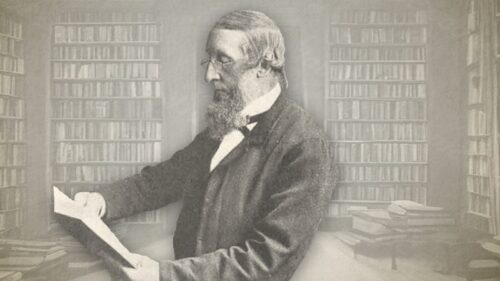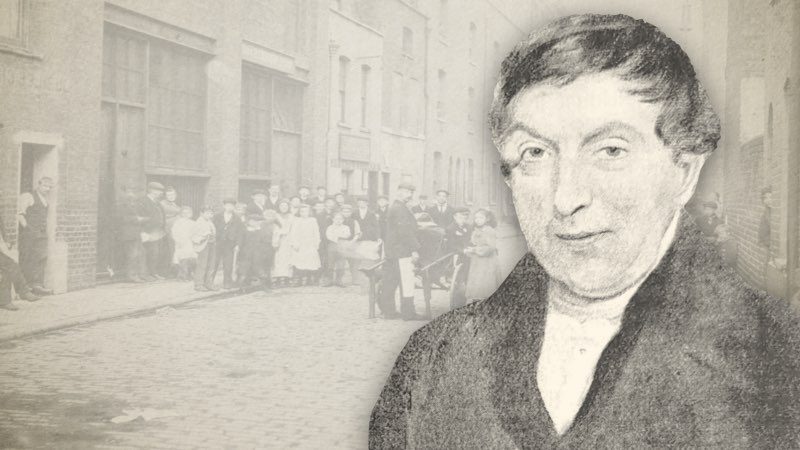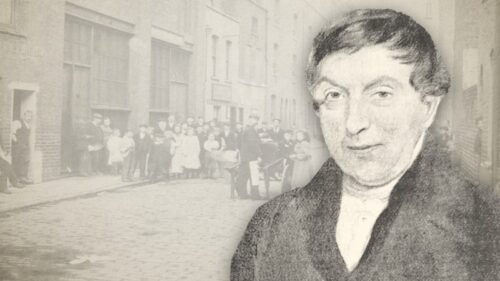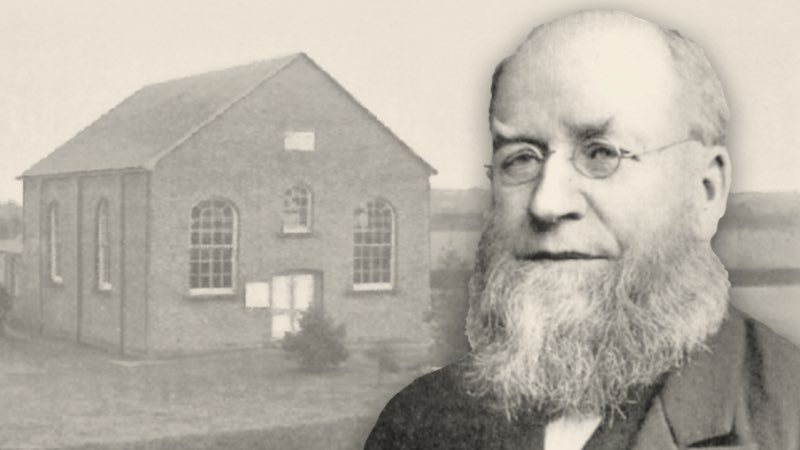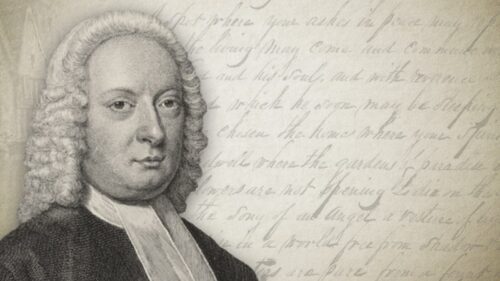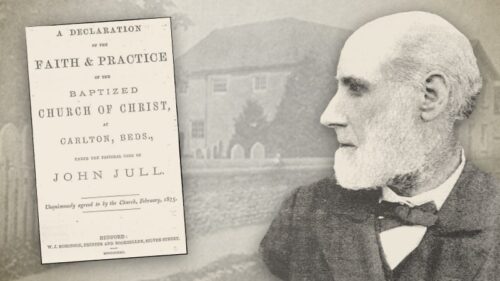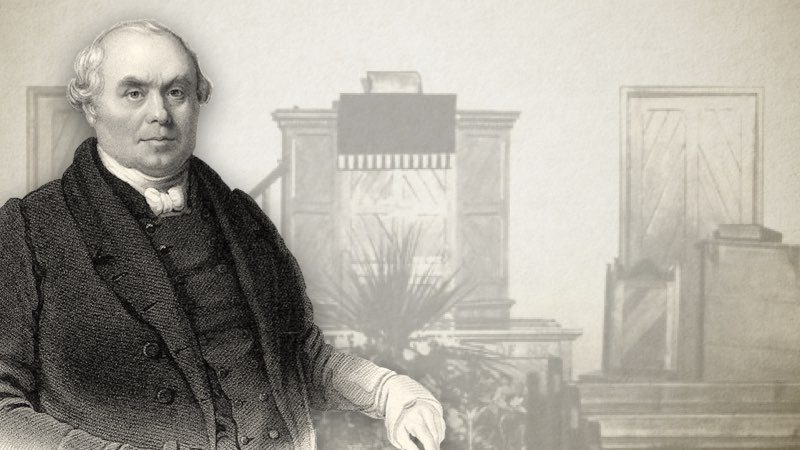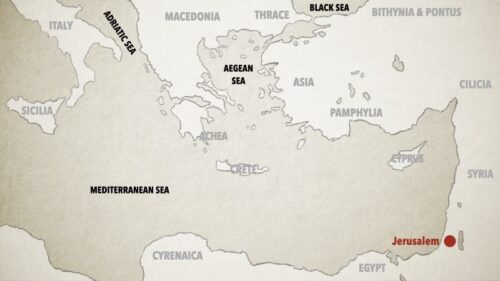-
The Life And Influence Of Joseph Philpot
We do not need anything to remind us that it is a twelvemonth since our late friend and editor departed this life. The fact is brought most painfully to our mind every month, and almost every day of the month; certainly for twenty days in the month. But in turning over a hill of papers, we were reminded more strongly than usual by coming upon the following letters. They may be by some thought to be out of date; but they are not out of date with us, and will, we doubt not, be read with interest by many.
-
A Confession Of Faith, By John Andrews Jones
Christian Reader,— It is not my present intention to give you a narration of my long and eventful life, which has already been extended four years beyond the usual full limit of human existence: (Psa. 90:10) This I may yet do, if a little longer spared, in a series of Letters to one of my children, and leave it behind me as a memorial of sovereign goodness to one who is unworthy of any mercy. All I shall now say, is,—In my early life I was of the baneful deistical school; and although I cannot say with the Apostle, that, “I persecuted this way unto the death, (Acts 22:4) yet, all that I could do, by ridicule, and opposition to the sacred Scriptures, that I…
-
The True, Proper, And Eternal Sonship Of The Lord Jesus Christ, The Only Begotten Son Of God
A controversy concerning the eternal Sonship of the Lord Jesus Christ broke out among the Strict and Particular Baptist churches during the 19th century. The orthodox view, set forth by John Gill in his Body of Divinity, and defended by Joseph Philpot in this book, asserts that the second Person of the Godhead is the Son of God in His divine nature, eternally generated by the Father. The erroneous view asserts that the second Person of the Godhead is the Son of God in His human nature only, begotten of the Father at the time of the incarnation. Although the persons holding this view maintain a belief in the TriUnity of the Godhead, yet their denial of the eternal Sonship of the Lord Jesus Christ…
-
The Articles Of Faith, Biddenden Chapel
With the combined energies and resources of a deacon belonging to Tilden Chapel in Smarden, and a farmer residing in Lashenden, a Strict and Particular Baptist Chapel was built in 1880. Two years after the chapel opened, a church was organized and John Kemp was appointed the first pastor. He served the fellowship until his death in 1932, a total of 52 years. Biddenden Chapel, 1880 John Kemp, Pastor
-
Gadsby’s Convictional Statement Of Faith
William Gadsby (1773-1844) was a Strict and Particular Baptist preacher, who for thirty-eight years served as pastor for the church meeting at Black Lane, Manchester. His son John (1808-1893) was an author and printer, who in 1835 started a new religious magazine entitled, “The Gospel Standard, Or, Feeble Christian’s Support.” He immediately gained the help of his father, together serving as its first Editors. The first Issue of the magazine was printed in August 1835, beginning with an “Address” to the “Christian Reader”, the content of which sets forth the articles of faith drawn up and embraced by the Editors (most likely the convictional statement of William Gadsby):
-
37 An Examination Of Gill’s Goat Yard Declaration Of Faith (1729)
I would like to welcome you back to another study in Bible Doctrine. In our previous study, I laid out for you a historic backdrop to Gill’s Goat Yard Declaration. For this study, I would like to look at the document itself. However, it seems appropriate, given the fact that the Declaration was designed for a single congregation, that we first take a look at that congregation, to gain a bird’s eye view of its history and doctrinal positions. The Goat Yard Declaration was named after the church for which it was drawn up. It was known as the church meeting at Goat’s Yard Passage, on Fair Street, in Horsley-Down, Southwark, and they met in the Goat’s Yard Chapel. The origin of the church may…

